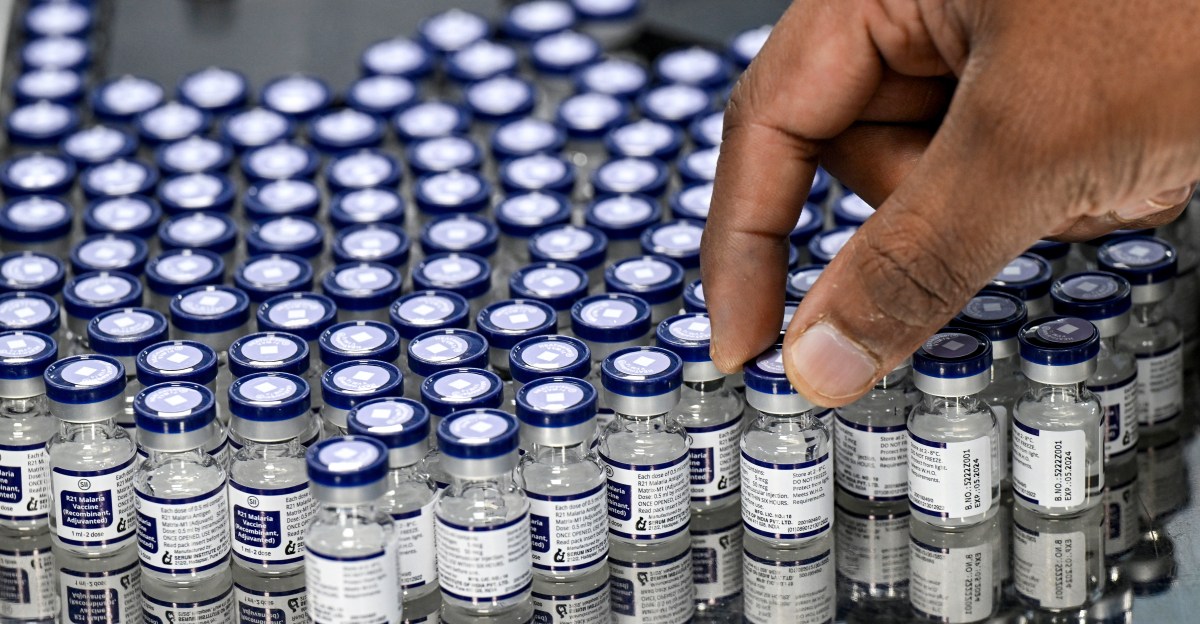Unraveling the Barriers: Why Malaria Remains a Threat to Children
Despite significant advancements in medicine and awareness, malaria continues to endanger the lives of countless children worldwide. This persistent threat is not merely a matter of biological resistance or vector prevalence; rather, it is a complex interplay of socio-economic, environmental, and healthcare-related factors that contribute to the ongoing burden of this disease. In this article, we will delve into the multifaceted reasons why malaria remains a significant threat to children, explore the challenges in prevention and treatment, and discuss actionable solutions that can help change this troubling narrative.
The Impact of Malaria on Children
Malaria is a life-threatening disease caused by parasites transmitted through the bites of infected female Anopheles mosquitoes. Children under five years old are particularly vulnerable, as their immune systems are still developing. Each year, malaria claims the lives of over 200,000 children globally, primarily in sub-Saharan Africa. The disease not only leads to mortality but also causes severe morbidity, with many children experiencing recurrent bouts of illness that hinder their physical and cognitive development.
Socio-Economic Factors Contributing to Malaria’s Threat
One of the most significant barriers to combating malaria is the socio-economic landscape of malaria-endemic regions. Poverty plays a critical role in the prevalence of malaria, affecting both prevention and treatment efforts:
- Lack of Access to Healthcare: Families in impoverished areas often lack access to basic healthcare services. This includes preventive measures such as insecticide-treated bed nets (ITNs) and access to rapid diagnostic tests and effective antimalarial drugs.
- Education and Awareness: Communities with limited education may not fully understand malaria transmission and prevention methods. Misconceptions about the disease can lead to inadequate protective measures.
- Nutrition: Malnutrition weakens children’s immune systems, making them more susceptible to malaria. Poor nutritional status is a common issue in lower-income families, compounding the risks associated with the disease.
Environmental Factors and Vector Control Challenges
The environment is another critical factor influencing malaria transmission. Changes in climate, urbanization, and land use all affect mosquito habitats:
- Climate Change: Rising temperatures and altered rainfall patterns can expand mosquito habitats, leading to increased transmission rates in previously unaffected areas.
- Urbanization: Rapid urban growth can create breeding grounds for mosquitoes, particularly in informal settlements where sanitation may be poor.
- Resistance to Insecticides: Over time, the effectiveness of insecticides used in ITNs and indoor residual spraying (IRS) has been compromised due to resistance, making vector control efforts less effective.
Healthcare System Inequalities
Malaria’s threat is exacerbated by the inequalities present in healthcare systems in many affected countries:
- Inconsistent Supply Chains: In some regions, the supply of antimalarial medications and preventive tools is inconsistent, leading to stockouts and increased morbidity.
- Underfunding of Health Services: Many countries struggle with underfunded health services, resulting in inadequate training for healthcare workers and insufficient infrastructure to deliver care.
- Stigmatization and Cultural Beliefs: Cultural beliefs surrounding illness and treatment can deter families from seeking help. In some communities, traditional medicine is preferred, which may not effectively treat malaria.
Innovative Solutions to Combat Malaria
While the barriers to effectively preventing and treating malaria in children are daunting, there are innovative solutions that can help reshape the future:
- Community Engagement: Empowering local communities through education about malaria prevention and treatment can significantly improve health outcomes. Community health workers can play a crucial role in disseminating information and distributing protective measures.
- Strengthening Healthcare Systems: Investing in healthcare infrastructure, particularly in remote areas, can improve access to malaria diagnostics and treatments. Enhanced training for healthcare providers ensures that they are equipped to manage malaria cases effectively.
- Research and Development: Continuous research into new vaccines, antimalarial drugs, and vector control methods is vital. The recent approval of the RTS,S/AS01 malaria vaccine represents a significant step forward in preventive measures for children.
- Integrated Approaches: Addressing the socio-economic determinants of health, such as nutrition and sanitation, can help reduce vulnerability to malaria. Initiatives that combine malaria control with broader health and development strategies can yield lasting benefits.
Global Collaboration and Policy Advocacy
To change the narrative surrounding malaria, global collaboration and policy advocacy are essential:
- International Partnerships: Collaborative efforts among governments, NGOs, and international organizations can pool resources and expertise to combat malaria more effectively.
- Funding and Resource Allocation: Increased funding for malaria research, prevention, and treatment is critical. Advocating for sustained financial support from global health initiatives can ensure that resources are available where they are needed most.
- Policy Changes: Implementing policies that prioritize malaria control in endemic regions can drive meaningful change. Governments must recognize malaria as a public health priority and allocate resources accordingly.
Conclusion: A Call to Action
Malaria remains a significant threat to children, but it is not an insurmountable challenge. By unraveling the barriers that contribute to its prevalence, we can make strides in prevention and treatment. A multi-faceted approach that includes community engagement, healthcare system strengthening, innovative solutions, and global collaboration is essential. The survival and development of millions of children depend on our collective action to combat this age-old disease. Together, we can change the narrative and protect future generations from the threat of malaria.
See more WebMD Network



